I’m a sucker for squid agave
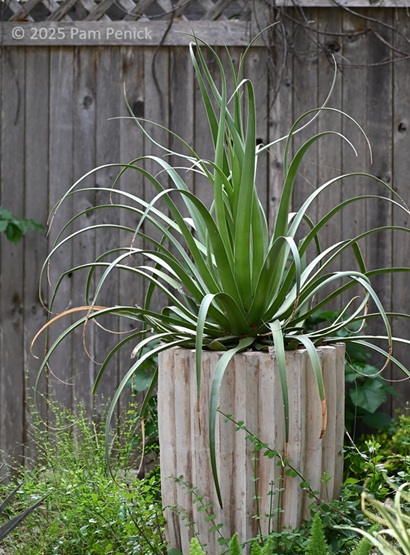
Do you enjoy squid games? I sure do — if they involve one of my favorite agaves, the gloriously tentacled squid agave (Agave bracteosa). One look at its curvy, balletic “arms,” and I think, “That’s ink-redible!”
Here in my Central Texas garden, squid agave is heat proof, cold proof, drought proof, deer proof (although never say never with deer), likes shade, and is all-around fabulous — in a pot. I seem never to stick a squid agave in the ground, so I can’t speak to that.
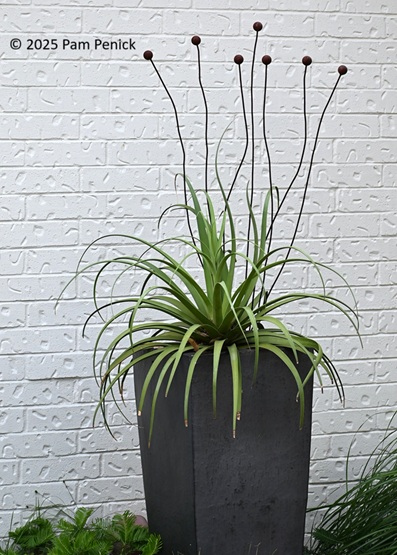
Why? Because squid agave is my favorite focal-point plant that looks great all year and doesn’t take up a ton of space. Whenever I need to 1) lift the eye from the tedium of a low garden bed, 2) draw attention to a gate or mark a step, 3) or terminate an axis view, I stick a squid on it.
I get a tall container, fill it with garden soil mixed 50-50 with decomposed granite, pop a squid agave in, maybe add extra height with a piece of garden art, top it off with a layer of gravel, and voila! Instant focal point.
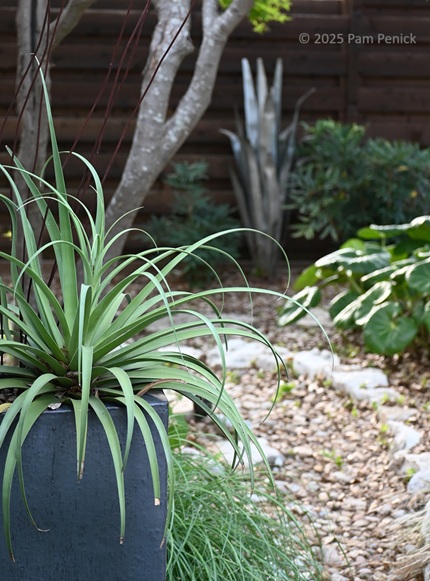
Squid agave requires little maintenance. Occasionally I blow or fish out leaves and acorns that fall from my oaks. And when pups (baby squid agaves) appear alongside the mother plant, I gently tug them out. This keeps the mother plant neat and tidy, and I end up with extra squids to plant elsewhere or share with friends.
Wear gloves when you do these tasks. Although squid agave lacks dangerous spines, the leaf edges may cut you if you run your hand along one.
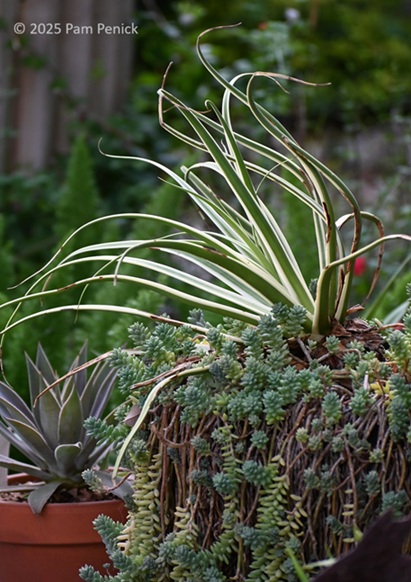
Craving something a little different? Try the variegated cultivar of squid agave called ‘Monterrey Frost’. I like it too, although it’s slower growing and more sensitive to sun scalding.
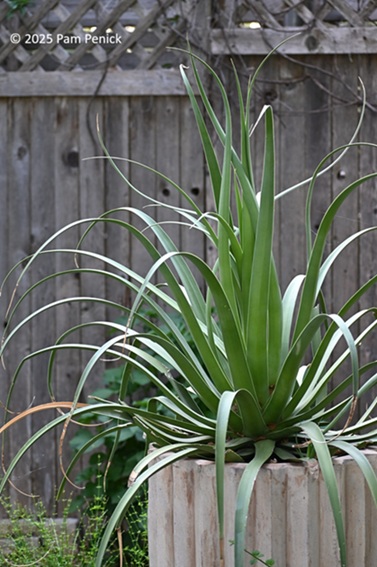
The regular green squid agave is a stalwart plant that makes a beautiful accent. Get kraken and get yourself one.
Note: My Plant This posts are written primarily for gardeners in Central Texas. The plants I recommend are ones I’ve grown myself and have direct experience with. Check online forums for your region or local independent nurseries to see if a particular plant might work in your area.
I welcome your comments. Please scroll to the end of this post to leave one. If you’re reading in an email, click here to visit Digging and find the comment box at the end of each post. And hey, did someone forward this email to you, and you want to subscribe? Click here to get Digging delivered directly to your inbox!
__________________________
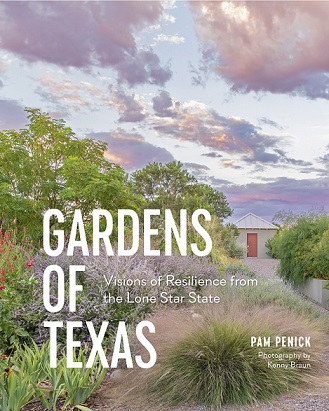
Digging Deeper
My new book, Gardens of Texas: Visions of Resilience from the Lone Star State, is available for pre-order at Amazon and other online book sellers. It’ll be released on October 14th, and while that’s several months away, pre-orders are tremendously helpful in getting my book noticed by readers and reviewers. Please consider pre-ordering if you’d like to read it this fall; more info here. Thank you for your support!
Come learn about gardening and design at Garden Spark! I organize in-person talks by inspiring designers, landscape architects, authors, and gardeners a few times a year in Austin. These are limited-attendance events that sell out quickly, so join the Garden Spark email list to be notified in advance; simply click this link and ask to be added. Read all about the Season 8 lineup here!
All material © 2025 by Pam Penick for Digging. Unauthorized reproduction prohibited.


Your potted specimen is magnificent, Pam. Mine are planted in the ground and not quite so stately. They pup like crazy here. I’ve spread them about but they take their time to size up.
They probably grow faster here with more rain, I’m guessing.
Pam, you’re having way too much fun with words here, lol! The squid agave is indeed a beautiful thing and I love your approach for showing it off. I’d love to follow your example, but unfortunately I’m zoned out. And, for sure, I don’t need one more plant that needs to be moved into the not-a-garage for the winter! Guess I’ll just have to enjoy yours.